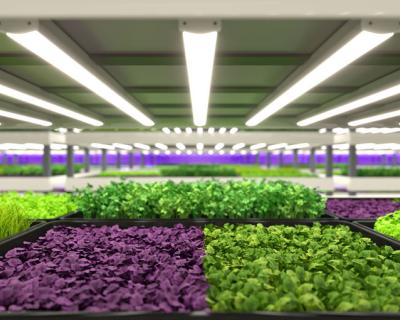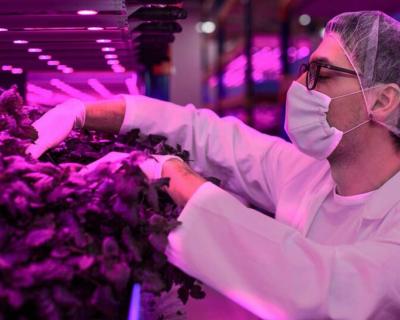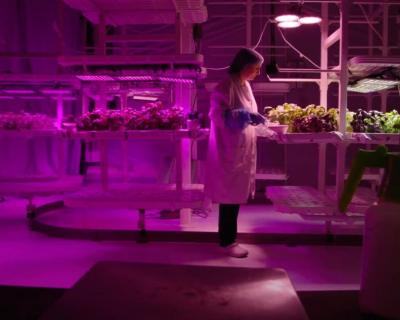Main Article Image

Vertical farming is a unique method of agriculture that involves growing crops in vertically stacked layers, using artificial lighting, and controlled environments. This farming technique has several benefits that contribute to improving the quality of crops. Here are some ways in which vertical farming helps with improving the quality of crops:
Controlled Environment
Vertical farming provides a controlled environment for crops to grow. The indoor setup allows farmers to monitor and control temperature, humidity, and light conditions. This means that crops can grow under optimal conditions, free from the risks of extreme weather conditions, pests, and diseases that are common in traditional farming. As a result, crops grown in vertical farms tend to be healthier, have higher yields, and have better nutritional value.
Efficient Use of Resources
Vertical farming maximises the use of resources such as water and fertilizers. In traditional farming, excess water is used, leading to wastage and contamination of water sources. In vertical farming, water is recycled in a closed-loop system, resulting in efficient water use. Additionally, nutrients are delivered directly to the roots of plants, minimizing the use of fertilizers and ensuring that plants get the exact nutrients they need. This efficient use of resources results in crops that are healthier, more nutritious, and better tasting.
No Pesticides
Vertical farming eliminates the need for pesticides and herbicides. Traditional farming involves the use of pesticides to control pests and herbicides to kill weeds. These chemicals can contaminate soil, water, and the environment, and they may also leave harmful residues on crops. Vertical farming uses biological pest control methods, such as introducing natural predators like ladybugs or using non-toxic chemicals that are harmless to humans, to protect crops from pests. This means that crops grown in vertical farms are free from harmful chemicals, which makes them healthier and safer for human consumption.
Consistent Quality
Vertical farming allows for consistent crop quality throughout the year. With traditional farming, the quality of crops is affected by factors such as weather, pests, and soil conditions. This means that crop quality can vary from season to season. In contrast, vertical farming provides a consistent environment for crops to grow, resulting in consistent crop quality throughout the year. This means that crops grown in vertical farms are always of high quality and can be harvested year-round.
In conclusion, vertical farming is a promising farming technique that offers many benefits, including improved crop quality. The controlled environment, efficient use of resources, absence of pesticides, and consistent quality are some of the ways in which vertical farming helps to improve the quality of crops. As technology advances, vertical farming is expected to become even more efficient and produce crops of even higher quality.











